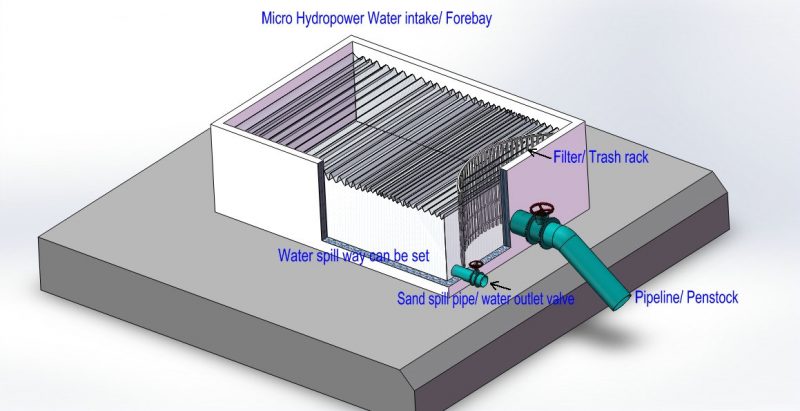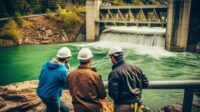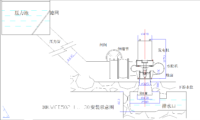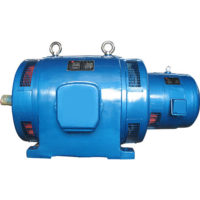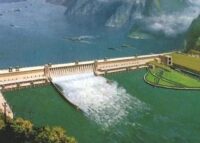A micro hydro power project includes
A micro hydropower turbine system includes:
- a water source – a continuous flow of water such as a creek, stream, waterfall, small dam or spring-fed dam, with a drop in level, and that can be wholly or partially redirected through a micro hydro turbine generator system
- a hydraulic turbines– turned by water acting on the blades of a runner or wheel
- a water intake or forebay– a catchment area that directs water into the turbine inlet pipe, while allowing sediment to settle and maintaining the water pressure head – examples of intakes include a dam, weir, bin, box or channel race from a stream
- a filter– mesh to catch leaves, sticks, stones and debris and stop them entering the water intake pipe, where they may otherwise block the pipe, reduce water pressure, cause rapid pressure fluctuations, or damage the turbine
- water inlet pipeline or penstock– the pipe transferring water from the water intake pipe to the turbine, which should be fully submerged at the inlet
- water outlet pipeline or tailrace or draft pipe– the pipe discharging water from the turbine back to the stream or creek – note that a water outlet pipeline may not be required with an impulse turbine as it generally sprays out water
- a hydropower generator or alternator – alternating current is generated by rotor windings connected to the shaft from the turbine turning inside the stator windings of the alternator body
- rectifier – converts AC to DC for electricity that is being sent to a battery storage system – the generator initially produces AC, but is called a DC generator if the output electricity is immediately sent through the rectifier, if you don’t need a storage system, you can miss it
- electricity cables–transfer the electricity from the generator to the electricity supply or storage system
- a spill way or bypass – for excess water to be able to flow past the system or allow the system to be shut down.
